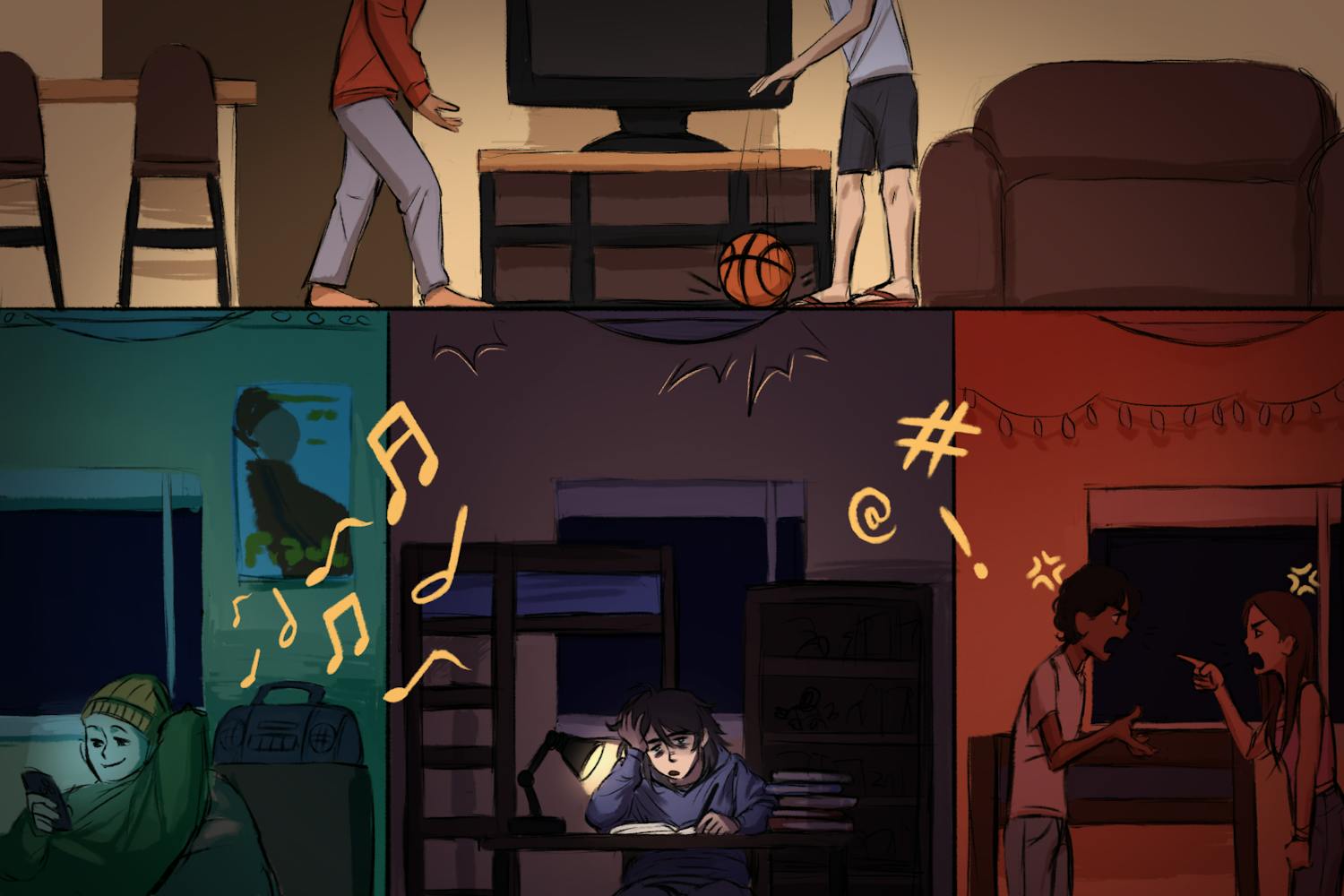It has never been a more exciting time to be a scientist. With new technologies and improved research opportunities sprouting up every day, it’s truly remarkable what advances are happening behind closed lab doors in the Biodesign Institute and the ASU science departments.
Take for example the research done by a life sciences doctoral student and his team. Now, the scientific community knows that female ants that try to “cheat the system” by sneaking their eggs in with the queen ant’s will sorely pay. According to the study, the other ants will attack the “cheater” for going behind the queen’s back and trying to ensure her progeny lives on. So it shows that humans aren’t the only ones who give punishment for breaking the rules…
We also know that Biodesign Institute researchers are conducting studies to cleanse toxins from the body by removing the molecular “junk” from our cells. This could potentially slow down the effects of aging by repairing damage done to our cells. Even if we haven’t yet discovered the Fountain of Youth, ASU researchers have taken us at least one step closer.
While entomologists and social scientists would find the “cheating” ants research useful in their particular fields of study, all humans can benefit from further findings in the aging study. Better yet, we know that because of the many brilliant minds working at this University, there will be plenty more studies to come, along with plenty of implications for us.
But we know it’s not free to conduct these sorts of studies. If not funded by the University, most are paid for by generous grants from foundations, organizations and even the government. These groups know that they’re giving their money to people with the intellect and ability to unearth the next groundbreaking discovery — or at least shed some light on insect society or a possible slowdown of the aging process.
We also know that it costs a big chunk of change to keep these researchers employed at the University. If professors and researchers were commodities, they would not be considered cheap — and for good reason. But with the $600 million Arizona universities might have to slash from their collective budget because of the state deficit, that doesn’t leave us in a very good place to being able to keep scientific funding.
President Michael Crow said in his e-mail to University students, faculty and staff last week that one of the potential consequences of such a large cut would be layoffs for thousands of employees. How many of those employees would be scientists helping Crow realize his dream of making ASU one of the greatest research universities in the nation?
If the turnout of more than 800 people at last week’s Arizona Board of Regents meeting in Tucson was any indication, the elimination of such integral members of this University is unacceptable. Because whether you realize it or not, your environmental biology professor and anatomy teacher’s assistant are not just sticking around to create PowerPoint slides — they’re here to further science for a much greater cause.



